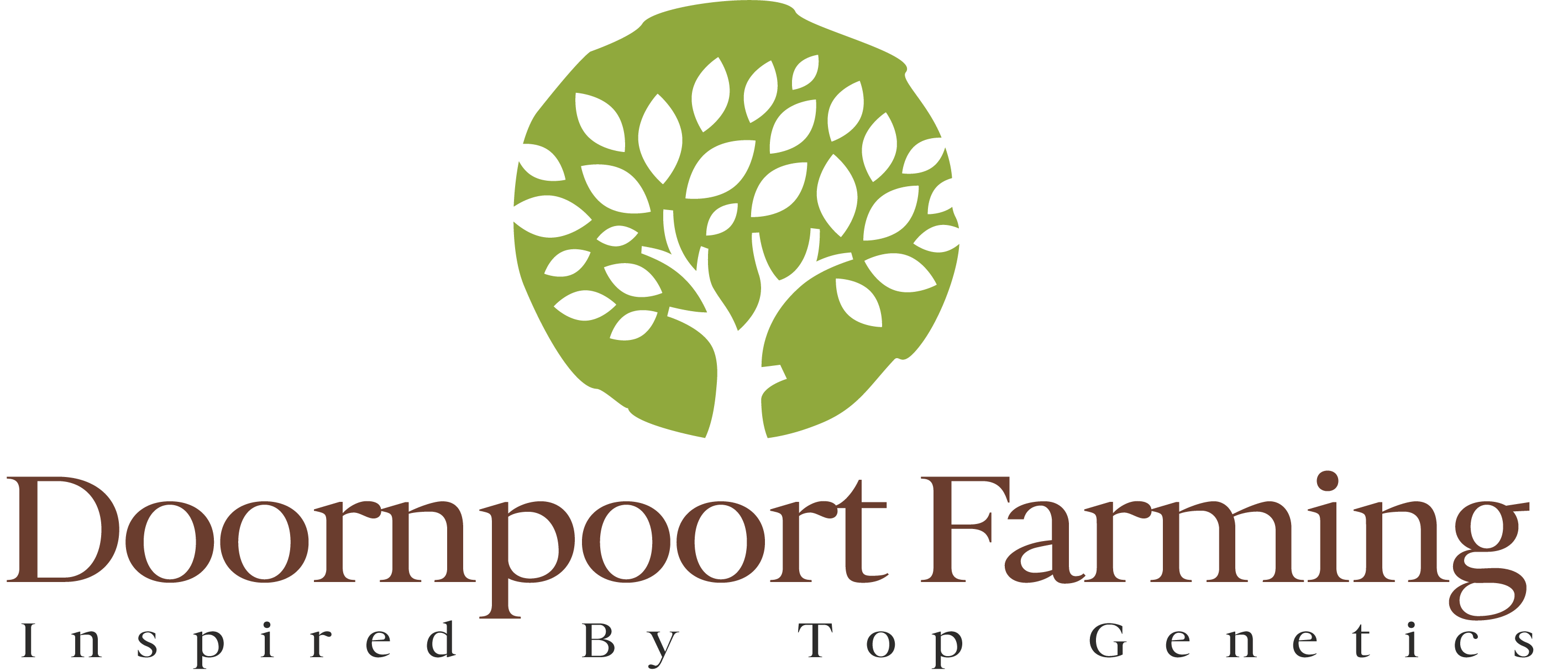Boergoats – The Inside Scoop
Did you know: South Africa is the unquestionable home of Boer Goats throughout the globe.
Boer Goats originated in the 1900s as a result of a cross-breed between indigenous South African goats and Indian/European goats. They are also the largest of all goat breeds.
Due to their selective breeding nature, they have fast growth rates and phenomenal carcass qualities – Securing their position as one of the choice grade meats in the world. They are widely known to be the benchmark against which other meat breeds across the globe are measured.
Thanks to the passionate dedication of farmers in South Africa for over 100 years, the Boer Goat can be found in every country across the world.
Several Boer Goat breed associations find themselves based in the United States, each measuring a set of standards related to appearance and other characteristics. Boer Goats were first imported into the US around 1994 from Australia & New Zealand.
At Doornpoort Farming, we source only THE BEST genetic breeds available.
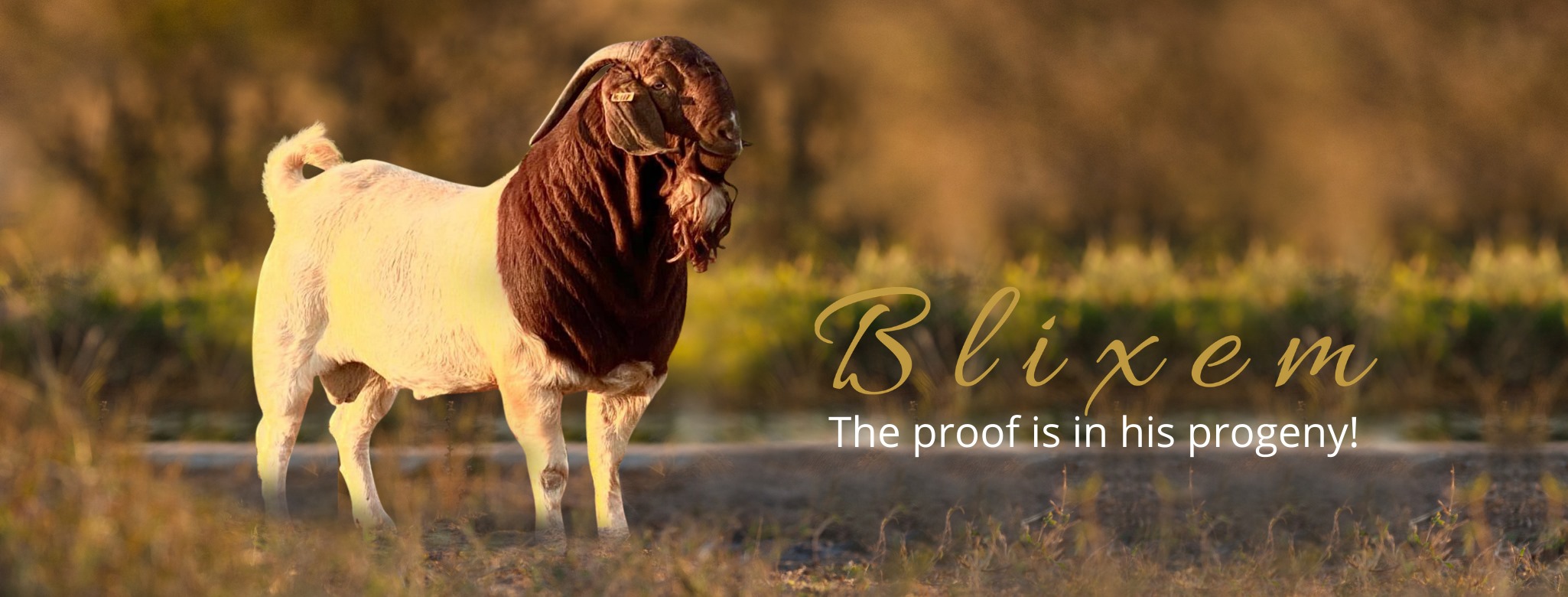
Boer Goat Characteristics – The Things That Make Them Special
South African Boer Goats is the definition of simplicity and beauty – Rooting themselves as a South African land breed, by showcasing their earthy coloured coats. Boer Goats commonly have white bodies and a distinctive brown-red head, although some might be completely brown, white or covered with large spots of a different colour, much like the Nubian goat.
The Boer Goat breed thrives under extremely harsh livestock farming conditions in hot, dry environments where grazing potential is limited. This outstanding breed, however, is able to convert poor-quality graze into excellent meat & carcass at a very low cost – enabling farmers to thrive commercially.
Due to their versatility in different environments, we use Boer Goats for land maintenance, mainly to prevent bush encroachment on grazing land. Thus they’re able to suppress re-growth after bush thinning and can reach plants up to 1.8m high, by standing up on their hind legs.
They are extremely fertile and poses superior mothering skills when compared to any other breed.
How Much Do Boer Goats Weight?
Not only are they fast-growing but, kids tend to gain weight at approximately the same speed as their sires. This means that when it comes to auction, the sale price of a buck with a proven fast-growing bloodline will rank in the highest range as its offspring will likely have the same fast-growing characteristics.
Matured does can weigh between 86-104kg, while matured bucks tend to weigh between 90-154kg. They gain an average of 0.18kg per day – Further justifying why we select Boer Goats for their astonishing growth rate.
A Boer kid with fast-growing characteristics can gain on average, 0.34kg per day – That’s a whopping 30.6kg in just 3 months!
Boer Goat Meat
Their lean meat has very low levels of cholesterol, supporting the growth of demand from health-conscious consumers across the world. They have high muscle content and low bone content, which put them at a ratio of 4.7:1. Boer Goat meat has a sweeter taste to it than beef or pork. It is superior to other meats as it is rich in iron, protein and low levels of saturated fat/calories.
%
Carcass Percentage
%
Goat Meat Preferance
Farming With Boer Goats – Health Care and Management
As with any business or venture, OUTPUT = INPUT
A well-structured management plan will produce a high-quality flock that will reward your inputs quite handsomely.
Boer Goat Nutrition
In successful livestock breeding organizations, nutrition plays an important role alongside keeping genetics and animal health as prominent as possible. Livestock in general, require specific supplementation on a strategic basis to perform and produce efficiently – Luckily the Boer Goats breed will withstand half rations!!
Goat feed, however, is important for all meat breeds, as they pack on muscle for the best possible quality meat. Although Boer Goats prefer grazing & browsing, they need something extra to ensure reaching their ideal weight and health.

When choosing the best feed to give your goats there are a few things to keep in mind:
Remember: Psychological factors in goats, such as pregnancy, growth, lactation and production will lead to an increase in feeding requirements. Other factors that impact on feed requirements include the weight of the animal and the weather conditions.
- Goat feed can be very expensive – cattle feed can be used as a cheaper substitute.
- The chosen feed should contain at least 18% Fiber – to reduce the risk of digestive complications.
- The feed must contain lots of minerals to help the goats gain weight and to stay healthy. Note that the requirements of goats vary according to age and whether it is pregnant/feeding a kid. Minerals are given in blocks or as loose licks.
- Protein also plays an important role in feeding Boer Goats. A mineral deficiency can cause a stun in growth, weight loss, impaired reproduction and even cause death. Sources of protein can include beans, cowpeas, acacia pods, lucerne, soybean meal, green pastures and protein supplements.
- Acorns can also be a great nutritional source as they contain Tannin (an organic compound which helps fight off parasites).
- Goats also require a sufficient amount of energy in order to maintain proper growth, reproduction and milk production (for their young). Sources of energy can include maize grain, sorghum, molasses and energy blocks.
- Water – the most important feed requirement of all. Water is essential for productive and progressive health. Water requirements may vary according to environmental temperatures and stages of lactation.
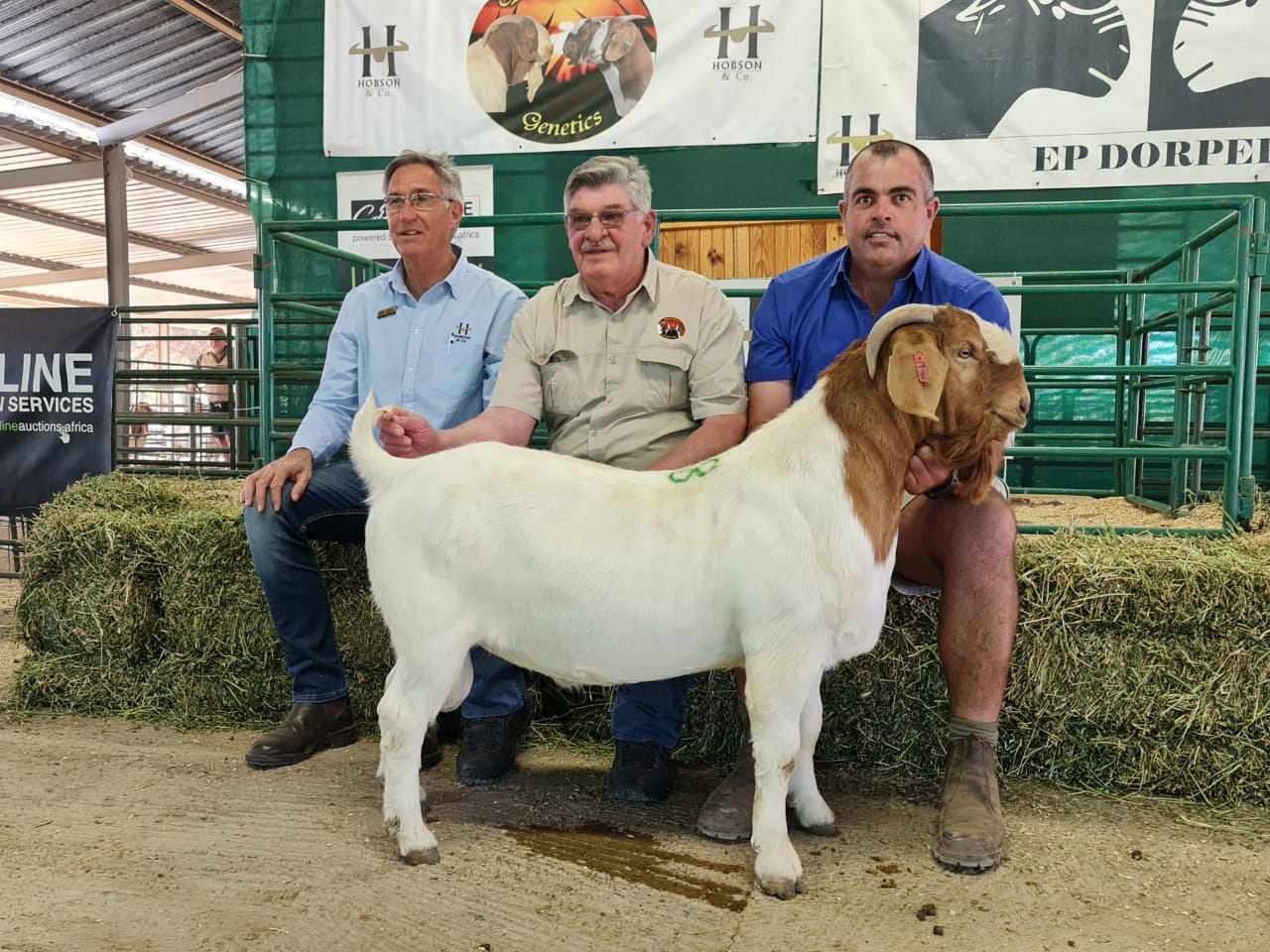
%
Necessary Fiber
Voermol Maxiwol – a protein concentrate for pregnant ewes
Feed 6 weeks prior to kidding

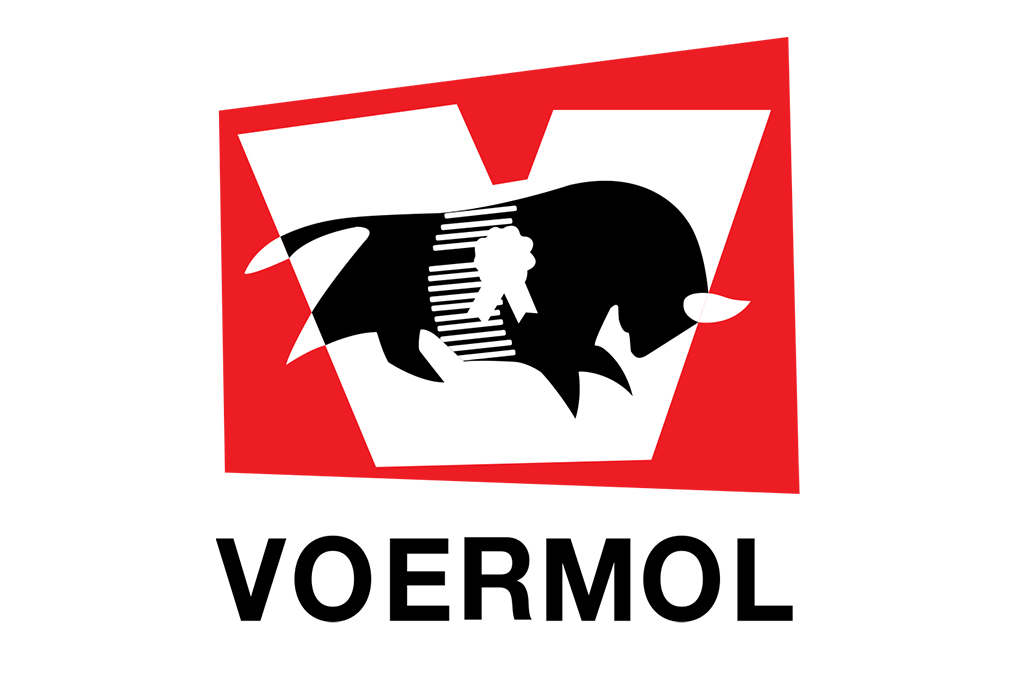
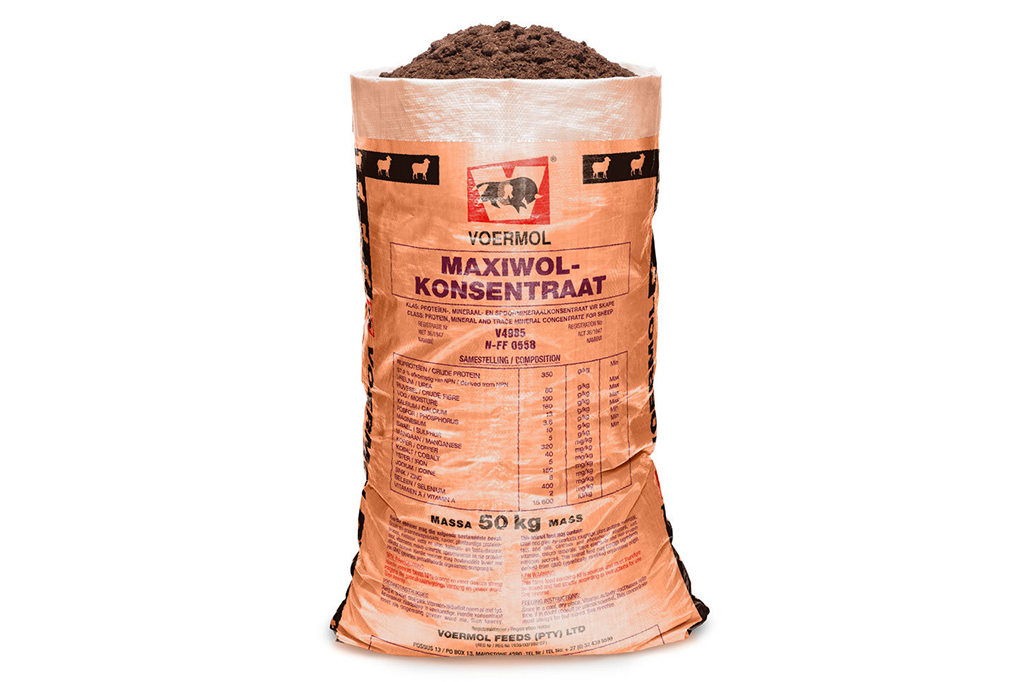
Proven benefits include:
- Improved kidding.
- Increased milk production.
- Stronger/heavier lambs at birth.
- Chances of retained afterbirth reduced.
- Increased weight in suckling lambs.
- Ewe returns to feet faster after lambing – increasing lamb survival rate by 15-50%.
Signs that an ewe may suffer from protein throughflow protein deficiency
- Ewe lambs with difficulty.
- Lamb has a yellowish colour.
- Ewe doesn’t care for lamb.
- Lamb is lighter in weight (ideal weight is 3.5kg – 5kg).
- High lamb mortalities.
- Low milk production.
Voermol Maxiwol Premix, or Maxiblok are ready to use concentrates that provide sturdy throughflow protein levels in Boer Goats. Mix with salt and some crushed maize, then fed as 350g – 500g per ewe/day.
